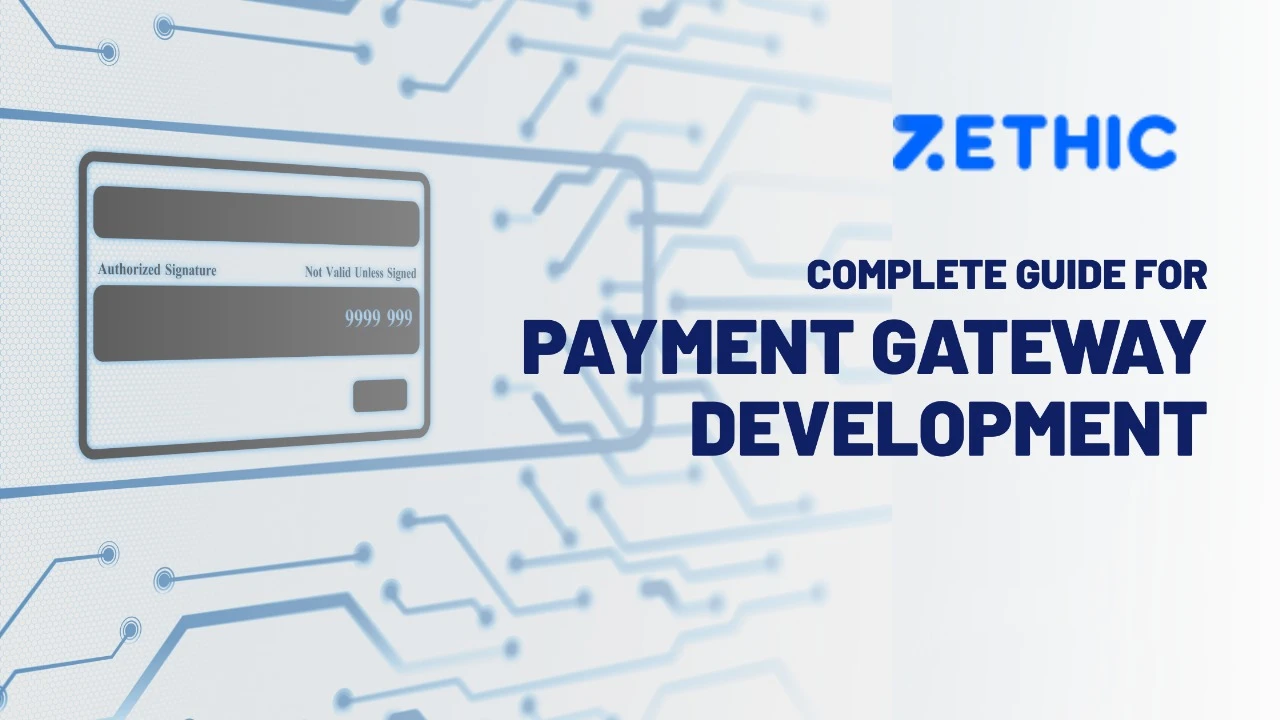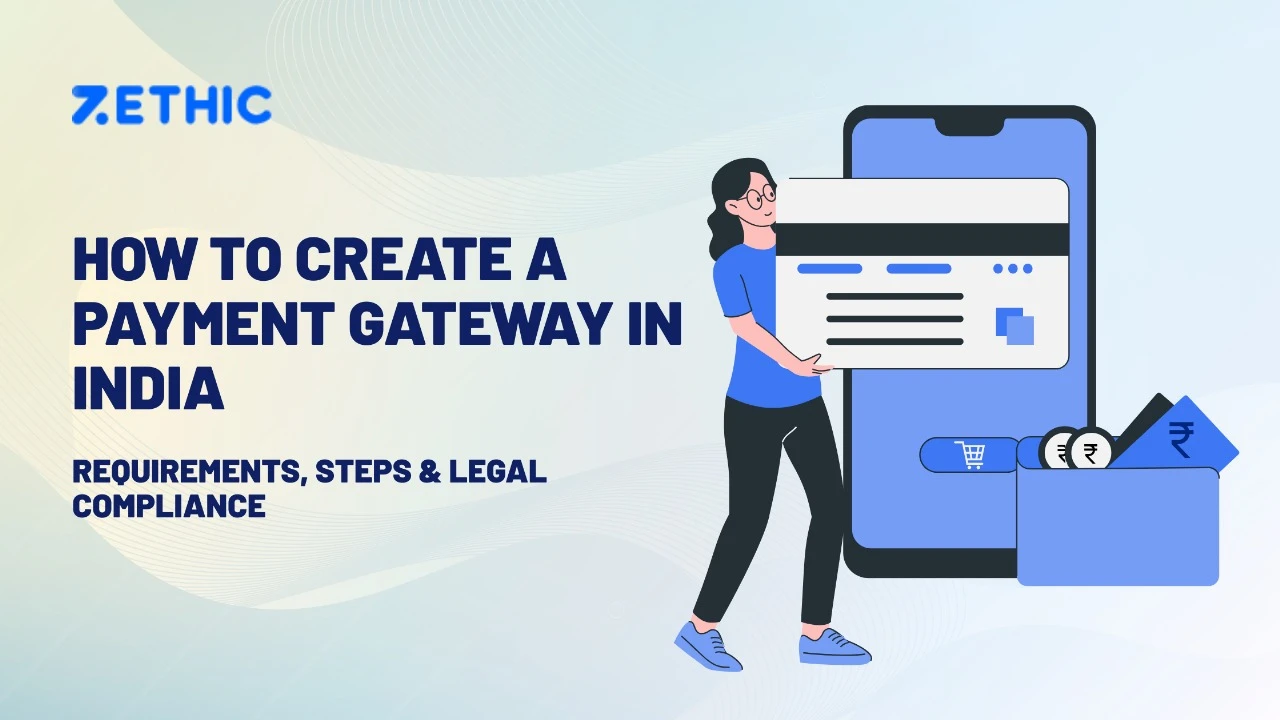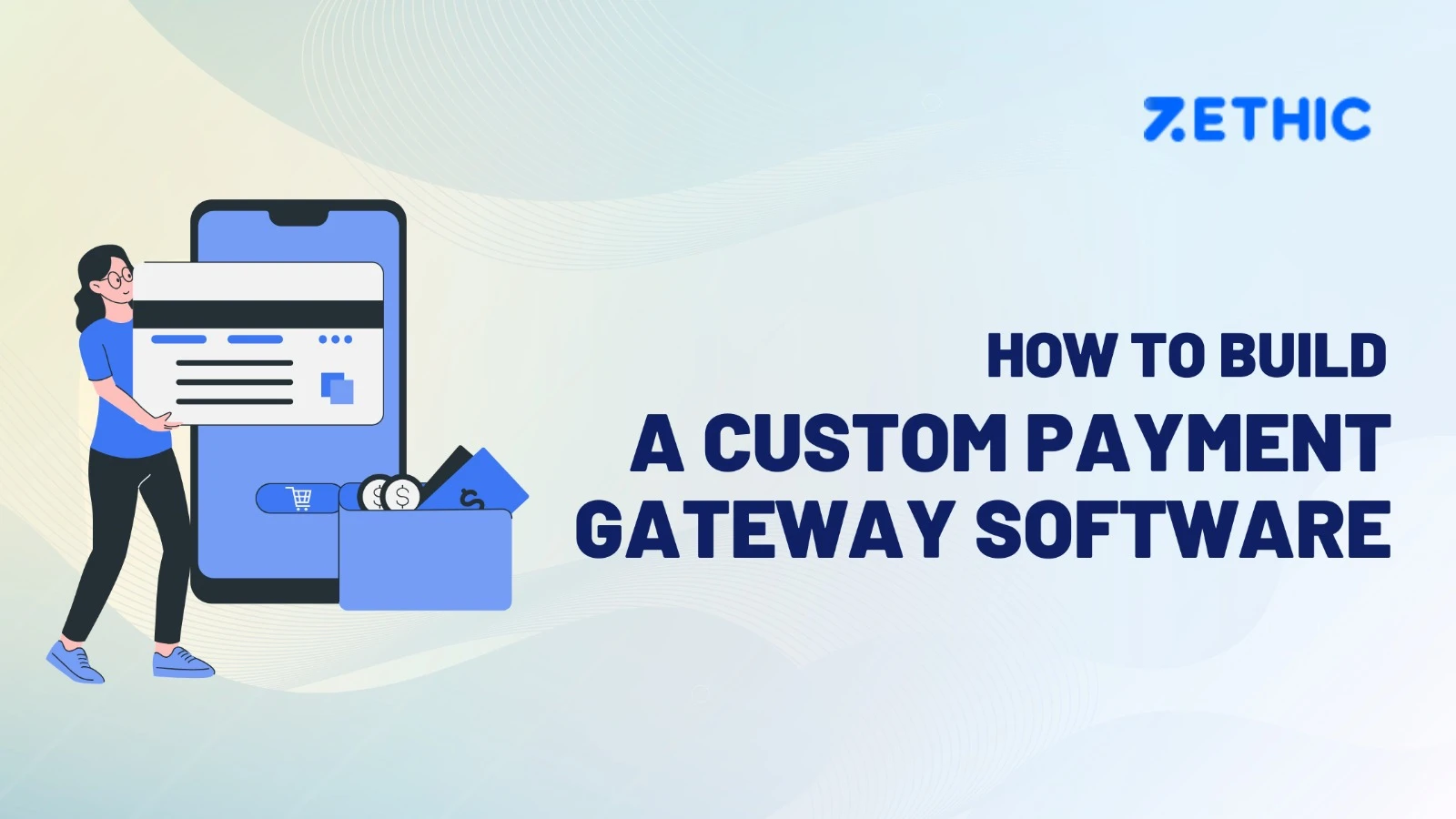UI (User Interface) and UX (User Experience) are crucial components of the UI/UX design process that focus on enhancing the interaction between users and digital products. UI pertains to the visual elements of the interface, such as buttons, images, and typography, while UX encompasses the overall experience and satisfaction users derive from using a product. In addition to understanding the principles of UI and UX, it’s crucial to consider how these concepts are applied in real-world scenarios. Zethic is leading UI UX design company in Bangalore provide specialized UI/UX design services for both mobile apps and websites, ensuring that our clients achieve optimal user engagement.
Need a user-friendly UI/UX design?
Contact Zethic for expert design solutions that enhance user satisfaction!
Table of Contents
Difference Between UI and UX
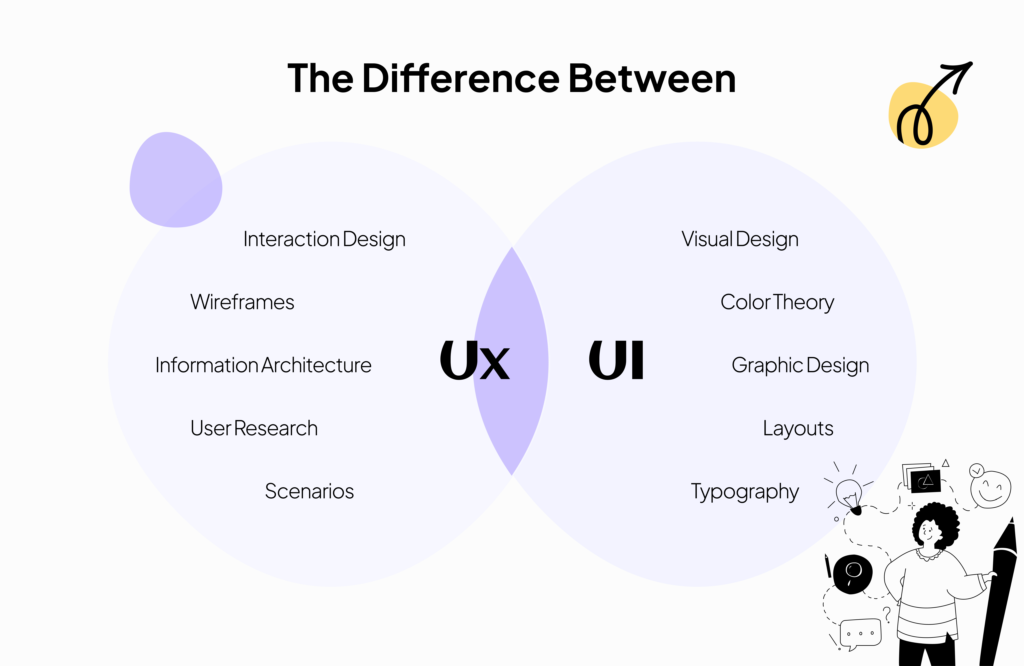
UI and UX are interrelated but distinct aspects of design. UI deals with the aesthetics and visual elements of a product, focusing on creating a visually appealing and easy-to-use interface. On the other hand, UX involves understanding user behaviors, needs, and motivations as part of the UI/UX design process to create products that provide a seamless and satisfying experience. While UI focuses on the look and feel, UX delves deeper into the overall user journey and interaction with the product.
| Criteria | UI (User Interface) | UX (User Experience) |
| Definition | UI focuses on the look, feel, and interactivity of the product’s interface. It includes buttons, typography, colors, and layouts. | UX is the overall experience users have while interacting with the product, including how easy, efficient, and satisfying the experience is. |
| Goal | To create visually appealing and functional interfaces. | To ensure the product is usable, enjoyable, and solves user problems effectively. |
| Focus | Appearance and aesthetics (visual design, branding). | User journey, functionality, and emotional responses. |
| Process | Deals with graphic design, visual hierarchy, and interactive elements. | Involves user research, personas, wireframes, prototypes, and user testing. |
| Tools | Figma, Adobe XD, Sketch, InVision (for design and interaction). | User research tools, heatmaps, user flow tools (e.g., Hotjar, UsabilityHub, Axure). |
| Outcome | How the product looks and interacts with the user visually. | How the product feels and how well it meets user needs. |
| Example | Buttons, icons, sliders, color schemes, and typography. | Overall experience using a website or app, from onboarding to task completion. |

Importance of User Experience (UX) for Business Success
User experience plays a crucial role in the success of businesses by significantly impacting customer satisfaction, engagement, and conversion rates. A well-designed UX, as part of the UI/UX design process, can enhance usability, accessibility, and customer loyalty, leading to increased user retention and improved brand perception. By prioritizing UX, businesses can differentiate themselves from competitors and create products that resonate with users, driving business growth.
Why User Experience Matters
UI/UX design directly influences user satisfaction, accessibility, and customer loyalty. When businesses prioritize the UI/UX design process, they can create products that meet user needs effectively, resulting in enhanced usability and positive experiences. Businesses that succeed in delivering exceptional user experiences often see increased customer retention rates, improved brand perception, and higher engagement levels. Conversely, companies that neglect UX may face challenges in retaining customers and converting leads

Examples of Businesses Succeeding or Failing Due to UX Design
Examples of successful businesses that attribute their growth to effective UX design include Airbnb, where good UX transformed them into a billion-dollar company, and Land Rover, which considers UX a crucial investment. Conversely, companies like Volkswagen and Electronic Arts faced backlash due to poor UX decisions that led to credibility issues and negative customer experiences. These cases highlight the significant impact of the UI/UX design process on business outcomes.
Relationship Between User Experience and Business Outcomes
User experience directly influences key business outcomes like customer retention, brand perception, and conversion rates. By focusing on the UI/UX design process to create intuitive, user-centric designs, businesses can improve customer satisfaction, drive engagement, and increase their competitive advantage in the market. A positive user experience leads to enhanced brand loyalty and positive word-of-mouth recommendations, contributing to long-term business success.

Approach to UI/UX Design
An effective UI/UX design process begins with a user-centric mindset and emphasizes research, prototyping, and testing to create designs that align with both user needs and business goals. By conducting thorough user research, defining user personas, mapping user journeys, and prioritizing mobile-first design, designers can create products that are both visually appealing and highly functional. Usability testing and continuous iteration based on user feedback are essential for refining the design and ensuring a seamless user experience.

Top 10 Steps of UI/UX Design Process
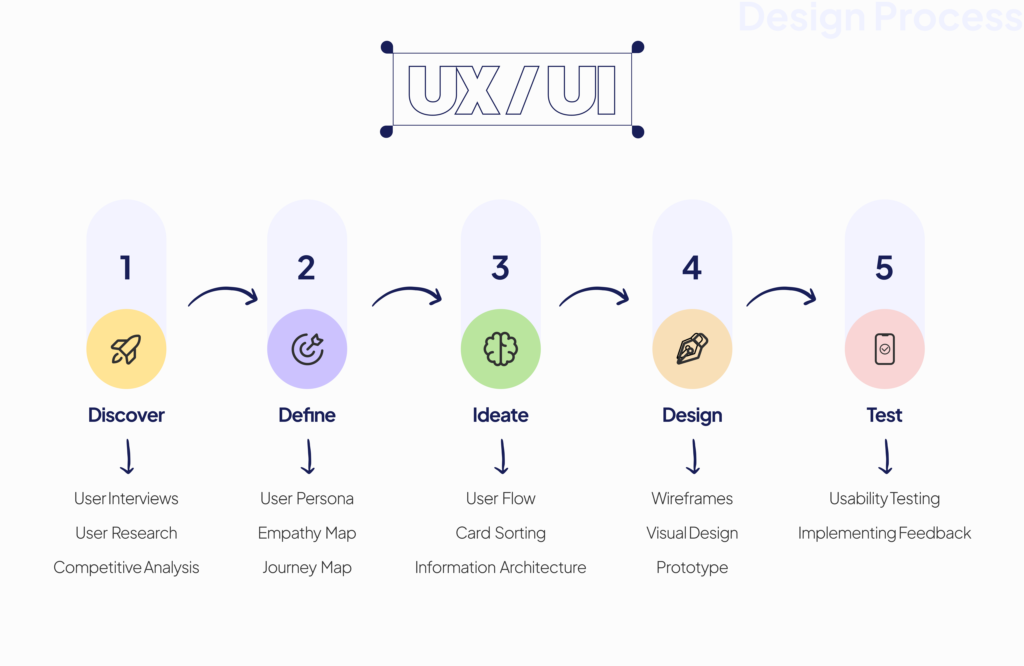
Step 1: Product Definition
The first step in the UI/UX design process is defining the product’s purpose. This includes:
- Identifying Goals: Establish the product’s mission and primary objectives.
- Target Audience: Understand who the end users are and their needs.
- Key Features: Outline the essential features and functionalities to address user problems.
This phase helps clarify what you are building and who you are building it for, ensuring the project stays aligned with user and business needs.
Step 2: Research
Research is crucial for understanding the market and users. It involves:
- User Research: Use methods like surveys, interviews, and focus groups to gather insights about user behavior, pain points, and expectations.
- Competitive Analysis: Study competitors’ products to understand what works, what doesn’t, and how to differentiate your design.
Research helps in defining user needs and establishing design requirements.
Step 3: Analysis
Once research data is collected, analyze it to create meaningful user profiles:
- User Personas: Create user personas to represent different segments of your user base.
- User Journeys: Map the user journey to visualize how users interact with the product from start to finish.
- Pain Points & Opportunities: Identify key areas of improvement and opportunities for innovative solutions.
This step helps in aligning the product with user expectations.
Step 4: Information Architecture (IA)
Information architecture is about organizing content in a logical way:
- Content Structure: Use sitemaps to lay out the hierarchy of pages and how they link to each other.
- Wireframes: Create low-fidelity wireframes to sketch out how elements are arranged on each page and their navigation paths.
This helps ensure that content is accessible and easy to navigate.
Step 5: Wireframing
Wireframes provide a skeletal framework of the design:
- Layouts & User Flows: Sketch the initial layouts and map user flows to visualize how users will move through the product.
- Low-Fidelity Wireframes: Focus on structure and navigation without the distraction of detailed visuals or styling.
Wireframing is a blueprint for UI design, laying out the placement of elements.
Step 6: Prototyping
Prototyping involves creating interactive simulations of the product:
- Interactive Prototypes: Develop clickable prototypes to test the functionality and user flows.
- Tools: Use prototyping tools like Figma, Sketch, or Adobe XD to visualize user interactions.
Prototypes allow designers to test and validate the flow and functionality early.
Step 7: Design
This is where the UI elements come into play:
- Visual Design: Focus on typography, color schemes, iconography, and spacing to make the design visually appealing.
- Consistency: Ensure the design maintains consistency across pages and platforms, adhering to a design system.
- Responsive Design: Make sure the UI is optimized for mobile, desktop, and other devices.
Design adds the aesthetics that make the interface engaging and easy to use.

Step 8: Usability Testing
Testing validates whether the design is effective for users:
- Methods: Use A/B testing, user testing, or heatmaps to collect feedback on the usability of the design.
- Iterate: Based on the feedback, refine the design to eliminate issues and enhance usability.
Testing ensures that the design works well in real-world scenarios.
Step 9: Iteration
Iteration is a continuous process:
- Refinement: Based on user feedback from testing, iterate on designs to improve the product’s usability and user satisfaction.
- Ongoing Improvement: Post-launch, continue to gather user feedback and make improvements.
Iteration ensures that the design evolves to meet user needs over time.

Step 10: Handoff to Development
The final stage is delivering the design to developers:
- Style Guides & Design Systems: Provide detailed style guides, design systems, and assets to ensure developers understand the design specifications.
- Collaboration: Maintain communication between designers and developers during the development phase to address any questions or adjustments.
Smooth handoff ensures that the design vision is accurately implemented.
Looking to turn your app idea into reality?
Get expert Mobile App Development Services from our experienced team. Let’s build something great together!
Zethic’s UX/UI Design Process in Your Projects
Zethic Technologies follows a comprehensive design approach in client projects, focusing on collaboration with stakeholders, iterative feedback loops, and adherence to industry standards. Their methodology includes conducting thorough research, creating user personas, mapping user journeys, and prototyping designs to gather early feedback. By showcasing successful projects from diverse industries, Zethic demonstrates its expertise in delivering user-centric and impactful design solutions tailored to each client’s specific needs.
Ready to take your design to the next level?
Let Zethic craft a seamless UI/UX experience for your users!
Get A Free QuoteConclusion
In conclusion, a well-structured UI/UX design process is paramount for businesses looking to build products that resonate with users and achieve their business objectives. By prioritizing user experience, businesses can improve customer satisfaction, drive engagement, and ultimately enhance their overall success. Zethic Technologies offers expert UI/UX design solutions tailored to meet the unique needs of businesses, emphasizing the value of focusing on user experience in building successful digital products.




